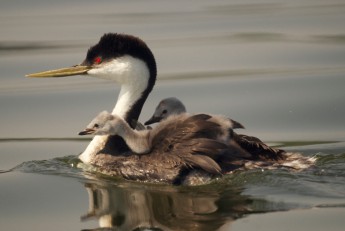You may have recently read about the Full Deployment Drill that took place in Morro Bay in February. If not, you can check out our pre-drill information by clicking here, and our post-drill information by clicking here. While most of what we learn from a drill hap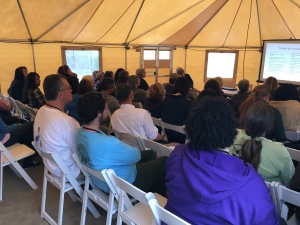 pens in the moment and during the hotwash, we also get some of most important feedback from the participants after the drill in the form of evaluations. We take this feedback and look for areas of improvement and in general figure out what we can do to be more prepared. Today, I’m writing to sum up the feedback we received from the drill.
pens in the moment and during the hotwash, we also get some of most important feedback from the participants after the drill in the form of evaluations. We take this feedback and look for areas of improvement and in general figure out what we can do to be more prepared. Today, I’m writing to sum up the feedback we received from the drill.
Did you find this activity to be valuable?
The responses were 100% “yes” answers! This is great news for us, as it means that our participants are getting as much out of the drills as we are. Notably, people felt that it was a good way to connect with others in the Network, identify areas of improvement, and in general see how things would work during a spill response.
Is there any content we did not cover that you would like to see added?
The responses were overwhelmingly in favor that the content was adequate as is. However, we did see some great suggestions to include instruction on specific equipment such as radios, and processes, such as ICS.
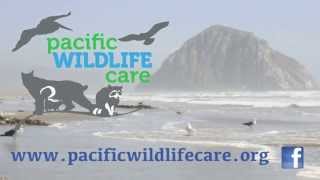
Do you feel you were adequately prepared, or trained, to perform your assignment?
While most people felt they were prepared for their role in the drill, we did have a few people that felt they needed additional training. Some areas in particular that people felt they needed more training, were marine mammal processing and using the WRMD medical database – don’t worry, we will have lots of training coming up with the new medical database! On a positive note, people felt they received lots of support from their supervisors when they weren’t sure what to do.
Did you have the appropriate equipment to perform your job?
While still majority “yes” answers, this is one area that based off of the feedback, we could do a bit more work. There were a number of responders that felt they had things missing from the equipment/kits that would have been helpful. Lesson learned – always good to check our training supplies and make sure they have everything in them that we have in our response kits!
Were you sufficiently busy for this activity? (Too busy/not busy enough)
This question is particularly important to us, as we want to keep everyone busy but not let people get burnt out during a spill. We only had 3 people that felt they were too busy. On the other side, we had 2 people that felt they weren’t busy enough – don’t worry, guys, we can always find more for you to do!
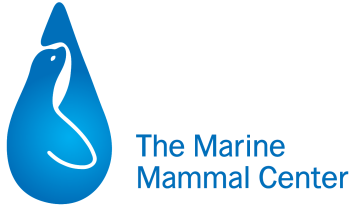
Areas where the group performed well:
This was a really broad mix of comments. Some that stood out, and were mentioned by several participants, were:
- Good communication among groups and within groups
- Knowledge of equipment by responders
- Strong leadership
- Worked well as a team
Areas where the group needs improvement:
Identification of areas of improvement, or “deltas”, is critical information to us. We never reach the end for best achievable capture and care of oil-affected wildlife. Instead we continue to look for ways to improve and get even better at what we do. Some things that were particularly valuable to us for the deltas section were:
- Space issues – The center in Morro Bay is on the smaller side, and we definitely need to have a solid plan for how things will be set up so we have the space we need.
- Some missing supplies – while this was from training supplies, it is always good to think about double-checking our equipment kits for spills.
- Difficulty learning new technology during a drill – don’t worry, once we have a final version of WRMD up and running, we will be having trainings to learn the program.
- Organization at the beginning of the drill was confusing/took too much time – hmmm, sounds like a spill! Definitely a good idea to think about how we can jump into game play more quickly and effortlessly for future drills.
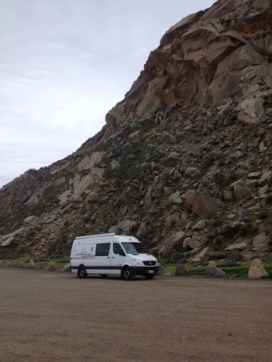 Miscellaneous feedback:
Miscellaneous feedback:
- Some would like to have mini drills throughout the year, possibly computer based – good idea, and we actually have some of these in the works! Last year some of you participated in an online drill helping us to test our scheduling capabilities during spills. We plan to do this again in 2016, and will be expanding these computer-based drills.
- Some issues with the tablets (hard to use with gloves, too small of screens, etc.) – the tablets used for the medical database during the drill are not the ones we intend to use for spills, they were just ones we had available. Expect to see something similar to a larger tablet or a surface pro with keyboard, which should help these problems.
- Suggestions for making our signs more clear – we love this idea! Using different signs and color schemes for different areas at the Primary Care Center will be a good way to make everyone aware of the different zones.
As always, thank you for being the most amazing responders out there! We can’t do this without you, and we hope that you know how valuable your feedback is to use.
-Becky
